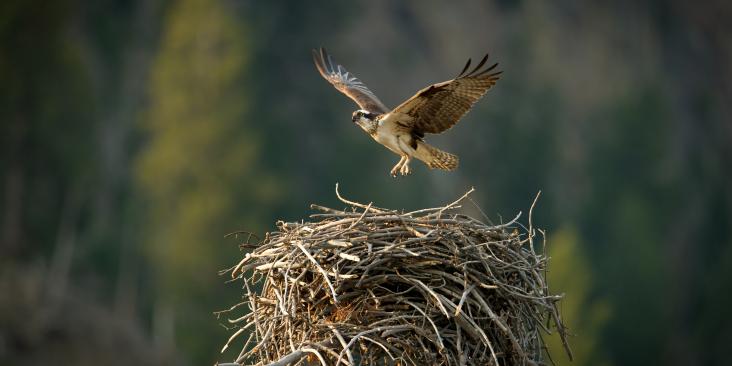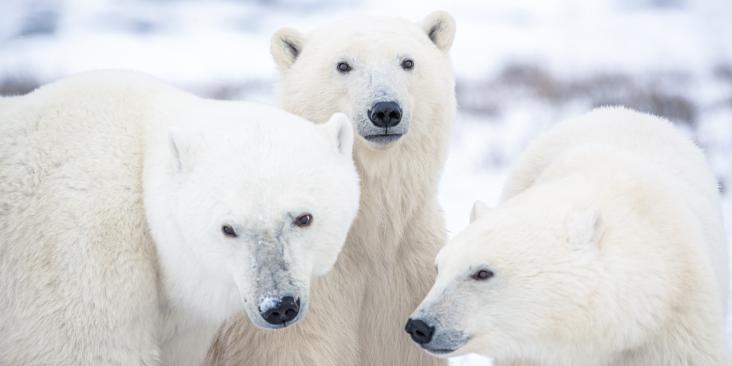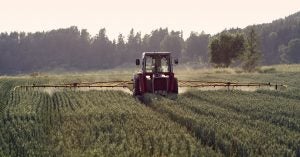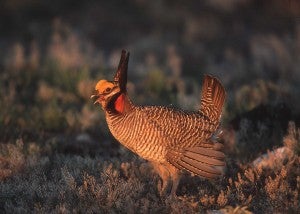 On paper, I appear to be the picture perfect stereotype of an east coast liberal: I’ve been working at environmental nonprofits for over 20 years, I’m an Ivy League grad, and I live in the “bluest” county in Virginia. When it comes to first impressions in the world of agriculture, I’ve been met countless times with skepticism and even contempt.
On paper, I appear to be the picture perfect stereotype of an east coast liberal: I’ve been working at environmental nonprofits for over 20 years, I’m an Ivy League grad, and I live in the “bluest” county in Virginia. When it comes to first impressions in the world of agriculture, I’ve been met countless times with skepticism and even contempt.
The reality is that I spend nearly every waking hour of my career collaborating with farmers – exploring ways to implement on-the-ground practices that help producers save money and protect yields while also reducing impacts to water and air. After years of building relationships, I’m proud of the diverse and unlikely partnerships I’ve formed. Many of my closest friends and allies would be labeled as “big ag.”
But I’m worried that today’s political divisions will roll back the decades of progress reducing nutrient runoff across the Corn Belt and beyond. I don’t want to see doors closed because of assumptions on either side of the political divide that now dominate the country. Read More










 Applying the right amount of fertilizer to a grower’s field is tricky: too little fertilizer means lost yields; too much fertilizer means wasted costs and potential runoff that causes air and water pollution. Meanwhile, farmers cannot control the weather, which can wreak havoc on the best-laid plans.
Applying the right amount of fertilizer to a grower’s field is tricky: too little fertilizer means lost yields; too much fertilizer means wasted costs and potential runoff that causes air and water pollution. Meanwhile, farmers cannot control the weather, which can wreak havoc on the best-laid plans.

 Data science in farm management is one of the biggest trends to hit both agriculture and Silicon Valley in recent years, with an explosion of technologies emerging to help farmers optimize everything from seeding to irrigation to fertilizer application.
Data science in farm management is one of the biggest trends to hit both agriculture and Silicon Valley in recent years, with an explosion of technologies emerging to help farmers optimize everything from seeding to irrigation to fertilizer application. As populations in Colorado and the West continue to grow, water is moving from farms to cities. The current practice of “buy and dry” in Colorado – buying farmland only for its water – is bad for farmers, bad for rural communities and bad for critical ecosystems across the state.
As populations in Colorado and the West continue to grow, water is moving from farms to cities. The current practice of “buy and dry” in Colorado – buying farmland only for its water – is bad for farmers, bad for rural communities and bad for critical ecosystems across the state.